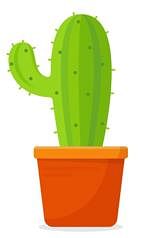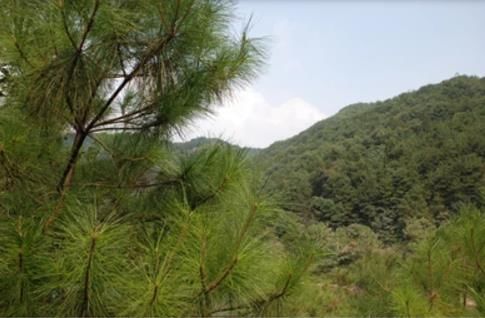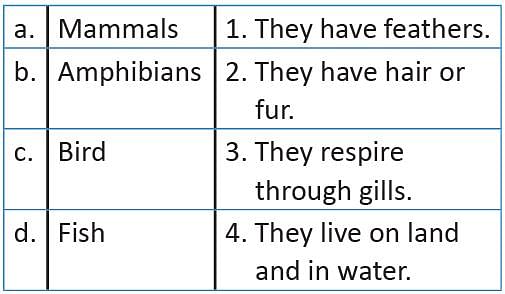Class 4 Exam > Class 4 Tests > GK Olympiad for Class 4 > Olympiad Test Level 1: Plants and Animals - 2 - Class 4 MCQ
Olympiad Test Level 1: Plants and Animals - 2 - Class 4 MCQ
Test Description
15 Questions MCQ Test GK Olympiad for Class 4 - Olympiad Test Level 1: Plants and Animals - 2
Olympiad Test Level 1: Plants and Animals - 2 for Class 4 2025 is part of GK Olympiad for Class 4 preparation. The Olympiad Test Level 1: Plants and Animals - 2 questions and answers have been
prepared according to the Class 4 exam syllabus.The Olympiad Test Level 1: Plants and Animals - 2 MCQs are made for Class 4 2025 Exam. Find important
definitions, questions, notes, meanings, examples, exercises, MCQs and online tests for Olympiad Test Level 1: Plants and Animals - 2 below.
Solutions of Olympiad Test Level 1: Plants and Animals - 2 questions in English are available as part of our GK Olympiad for Class 4 for Class 4 & Olympiad Test Level 1: Plants and Animals - 2 solutions in
Hindi for GK Olympiad for Class 4 course. Download more important topics, notes, lectures and mock
test series for Class 4 Exam by signing up for free. Attempt Olympiad Test Level 1: Plants and Animals - 2 | 15 questions in 30 minutes | Mock test for Class 4 preparation | Free important questions MCQ to study GK Olympiad for Class 4 for Class 4 Exam | Download free PDF with solutions
Olympiad Test Level 1: Plants and Animals - 2 - Question 1
The study of insects is called ________.
Detailed Solution for Olympiad Test Level 1: Plants and Animals - 2 - Question 1
Olympiad Test Level 1: Plants and Animals - 2 - Question 2
Thick and Fleshy Stem of Cactus Can Store ___________.


Detailed Solution for Olympiad Test Level 1: Plants and Animals - 2 - Question 2
| 1 Crore+ students have signed up on EduRev. Have you? Download the App |
Olympiad Test Level 1: Plants and Animals - 2 - Question 3
Giraffes are able to eat acacia leaves because of their __________ necks.
Detailed Solution for Olympiad Test Level 1: Plants and Animals - 2 - Question 3
Olympiad Test Level 1: Plants and Animals - 2 - Question 4
Sharks are great swimmers because they have adopted __________ to help them swim.
Detailed Solution for Olympiad Test Level 1: Plants and Animals - 2 - Question 4
Olympiad Test Level 1: Plants and Animals - 2 - Question 5
Which of the following help(s) fish to breathe in water?
Detailed Solution for Olympiad Test Level 1: Plants and Animals - 2 - Question 5
Detailed Solution for Olympiad Test Level 1: Plants and Animals - 2 - Question 6
Olympiad Test Level 1: Plants and Animals - 2 - Question 7
Which among the following tree grows in plain?
Detailed Solution for Olympiad Test Level 1: Plants and Animals - 2 - Question 7
Olympiad Test Level 1: Plants and Animals - 2 - Question 8
Palms and tamarind grows in _______ .
Detailed Solution for Olympiad Test Level 1: Plants and Animals - 2 - Question 8
Olympiad Test Level 1: Plants and Animals - 2 - Question 9
The trees that grow in marshy lands are
Detailed Solution for Olympiad Test Level 1: Plants and Animals - 2 - Question 9
Detailed Solution for Olympiad Test Level 1: Plants and Animals - 2 - Question 10
Olympiad Test Level 1: Plants and Animals - 2 - Question 11
Tall, straight and needle – like leaves bearing plant grows on
Detailed Solution for Olympiad Test Level 1: Plants and Animals - 2 - Question 11
Olympiad Test Level 1: Plants and Animals - 2 - Question 12
Pine, fir, deodar and spruce are good example of
Detailed Solution for Olympiad Test Level 1: Plants and Animals - 2 - Question 12
Detailed Solution for Olympiad Test Level 1: Plants and Animals - 2 - Question 13
Detailed Solution for Olympiad Test Level 1: Plants and Animals - 2 - Question 14
Detailed Solution for Olympiad Test Level 1: Plants and Animals - 2 - Question 15
|
16 videos|17 docs|53 tests
|
Information about Olympiad Test Level 1: Plants and Animals - 2 Page
In this test you can find the Exam questions for Olympiad Test Level 1: Plants and Animals - 2 solved & explained in the simplest way possible.
Besides giving Questions and answers for Olympiad Test Level 1: Plants and Animals - 2, EduRev gives you an ample number of Online tests for practice
|
16 videos|17 docs|53 tests
|
Download as PDF




















